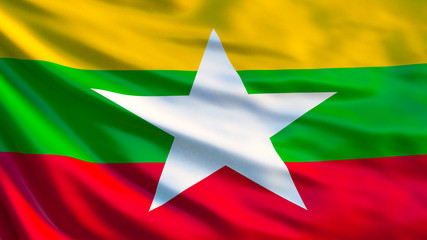By the end of the 2018-2019 fiscal year, Myanmar’s local and foreign debt was MMK40.8 trillion (roughly USD 30 billion), according to Myanmar’s annual debt report released last week. Speaking to parliament, U Maung Maung Win, deputy minister of planning, finance and industry, said that around 63% of that amount was incurred locally. As for foreign debt, he said the biggest borrowers were the Ministry of Construction and the Ministry of Electricity and Energy, according to a Myanmar Times report.
This year, the debt level will likely only grow as Myanmar weathers the global COVID-19 pandemic. Although (at the time of writing) the official number of COVID-19 cases is only around 350, its economic damage has led the government to spend as much as USD 2.5 billion for its COVID-19 Economic Recovery Plan (CERP). Most of that money has been borrowed from international finance groups, the largest lenders being the International Monetary Fund and the Japan International Cooperation Agency, followed by the World Bank and the Asian Development Bank. U Maung Maung Win defended this borrowing in another speech to parliament made in April, pointing out that most growth forecasts have dropped from 6-7% growth to 1-2%, while the budget deficit is set to widen by as much as MMK 3 trillion.
Outside of CERP, the government currently owes more than USD 4 billion to China, much of which has gone towards the large-scale infrastructure projects of the China-Myanmar Economic Corridor Initiative. Yet in June, Auditor General U Maw Than urged parliament to be cautious of borrowing from China. “The truth is the loans from China come at higher interest rates compared to loans from financial institutions like the World Bank or the IMF [International Monetary Fund],” The Economic Times quoted him as saying.


